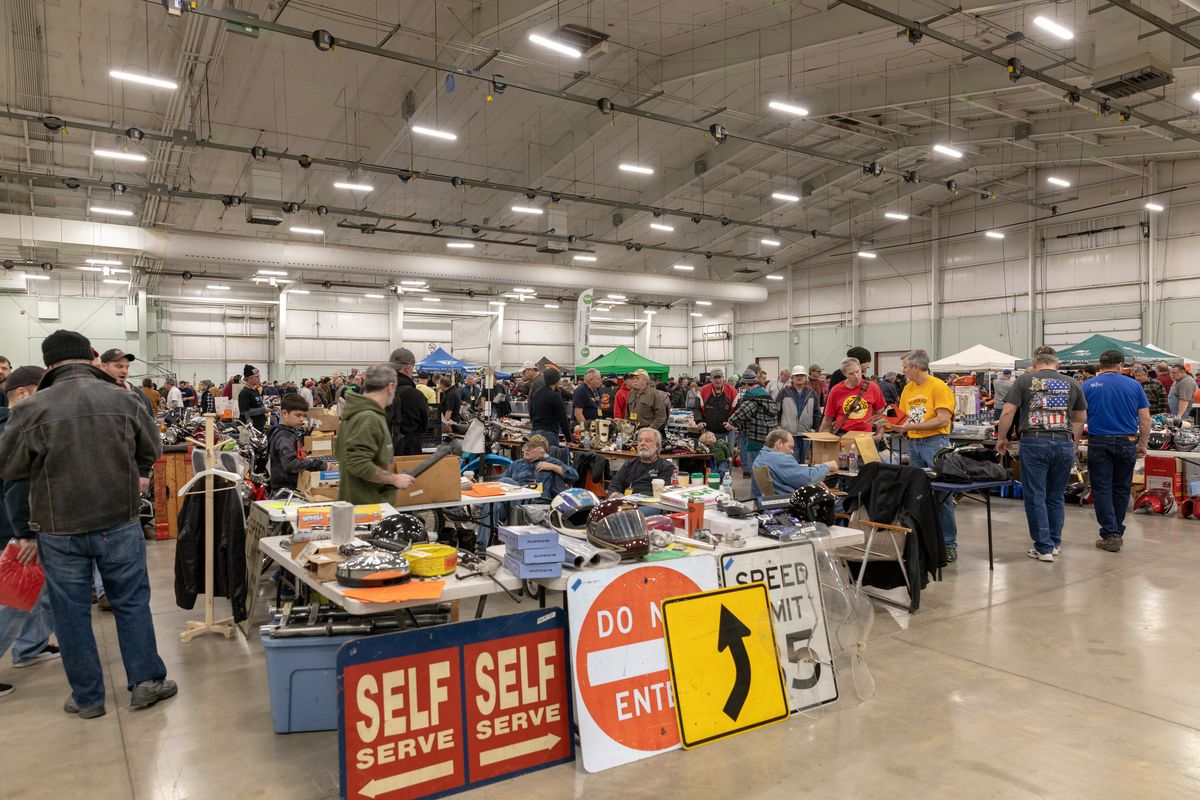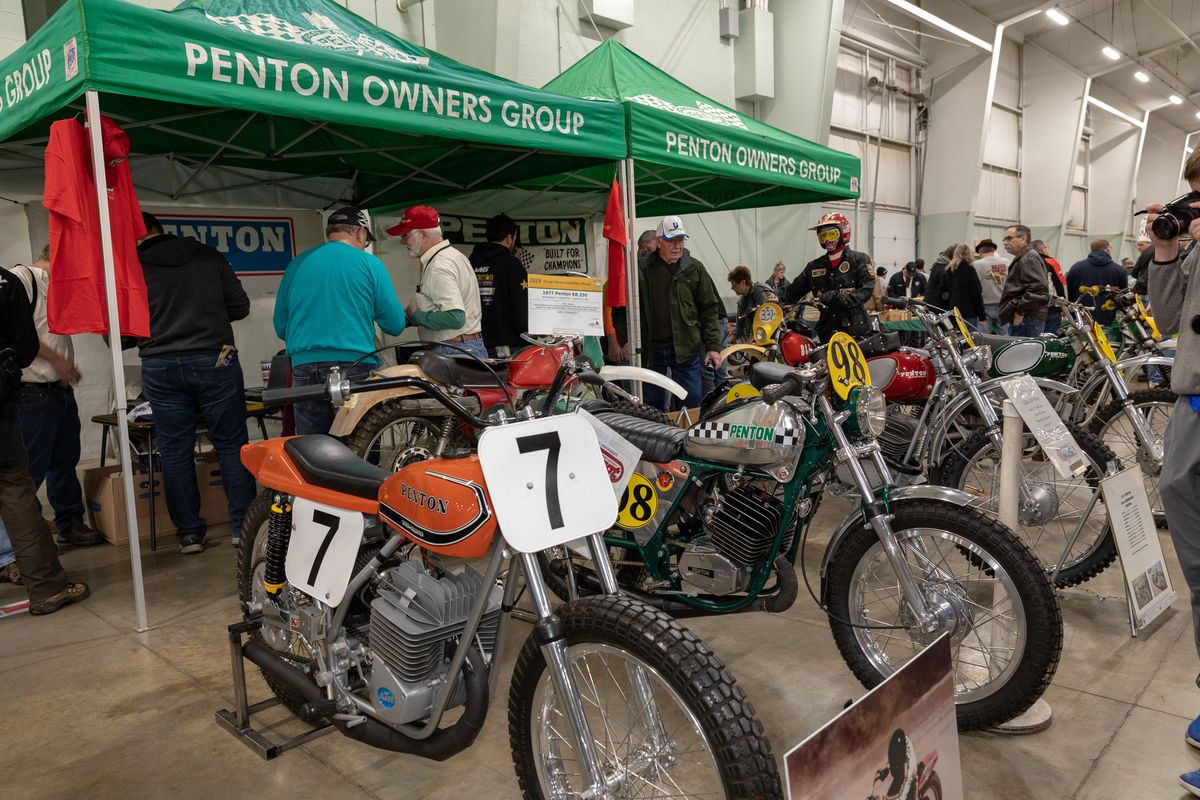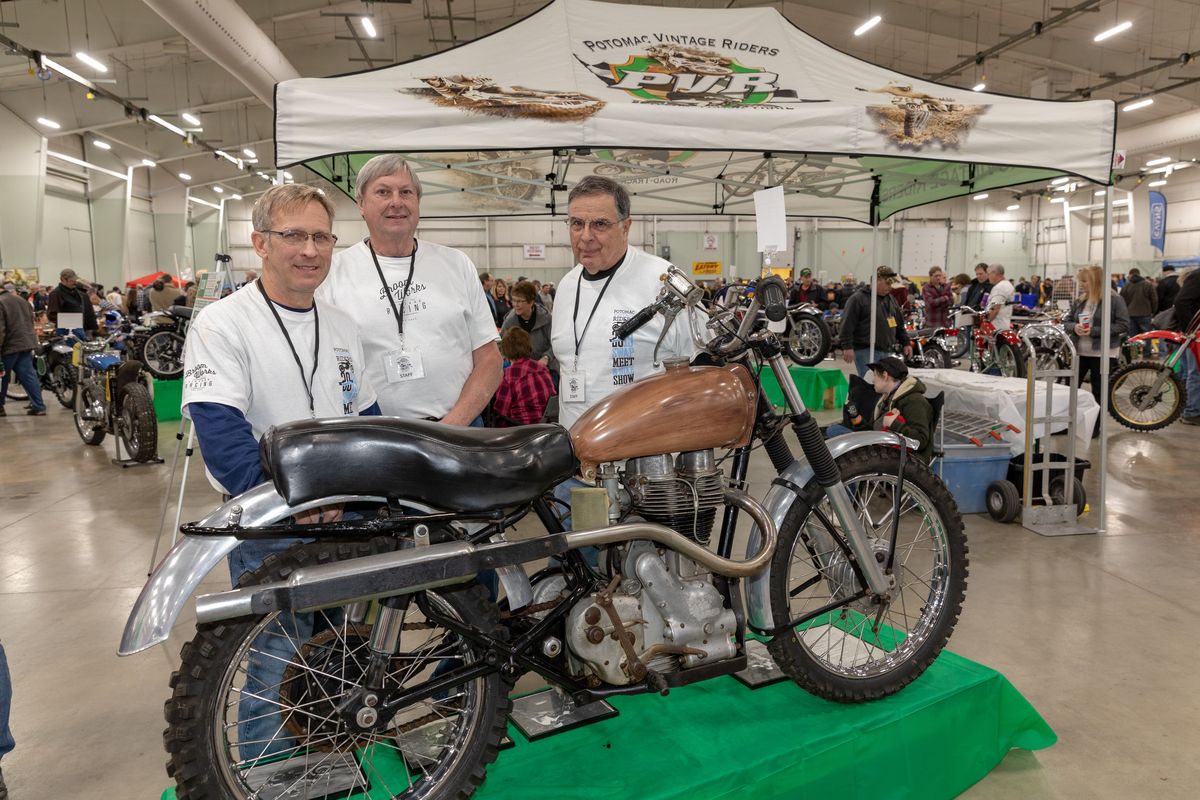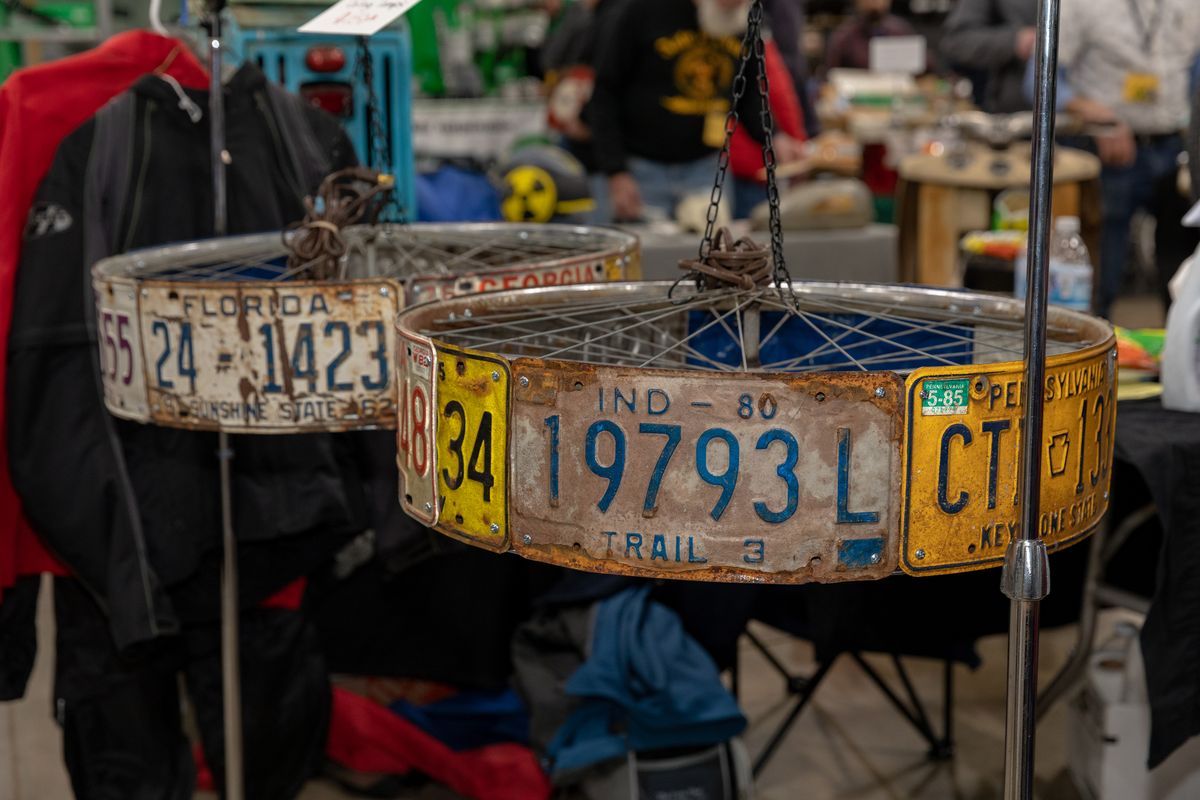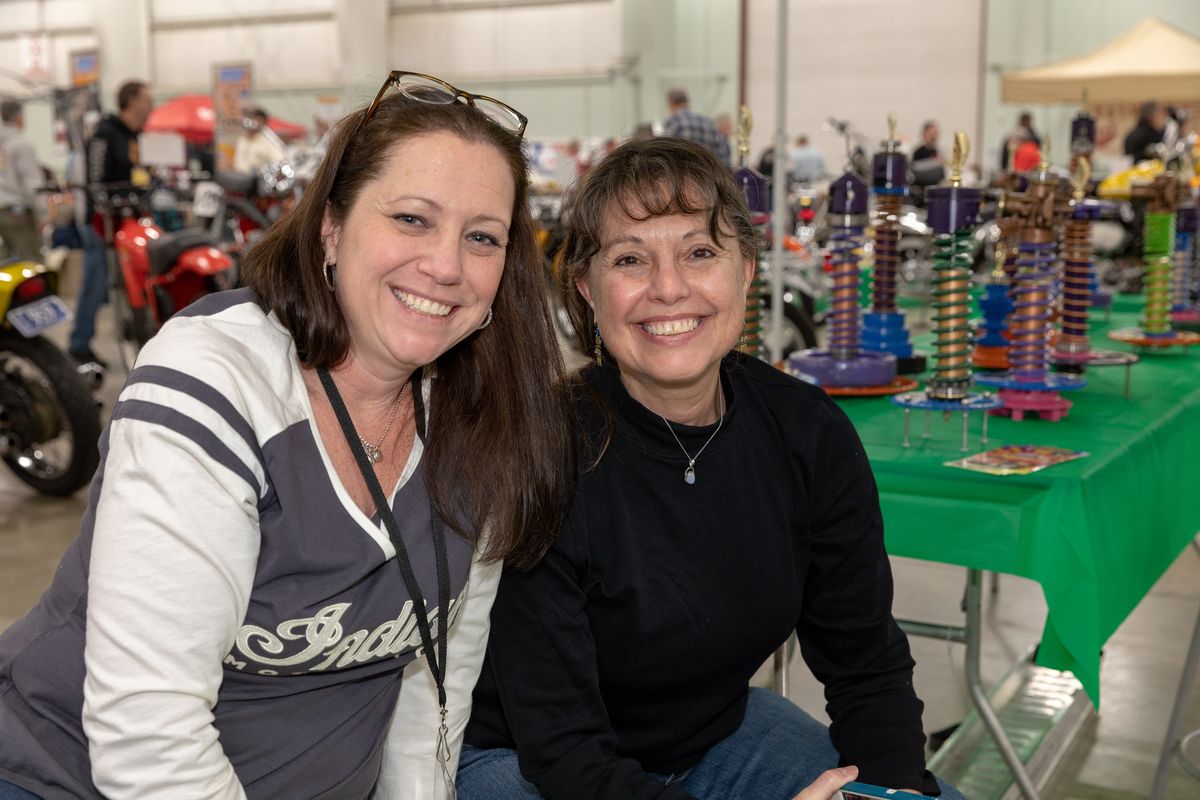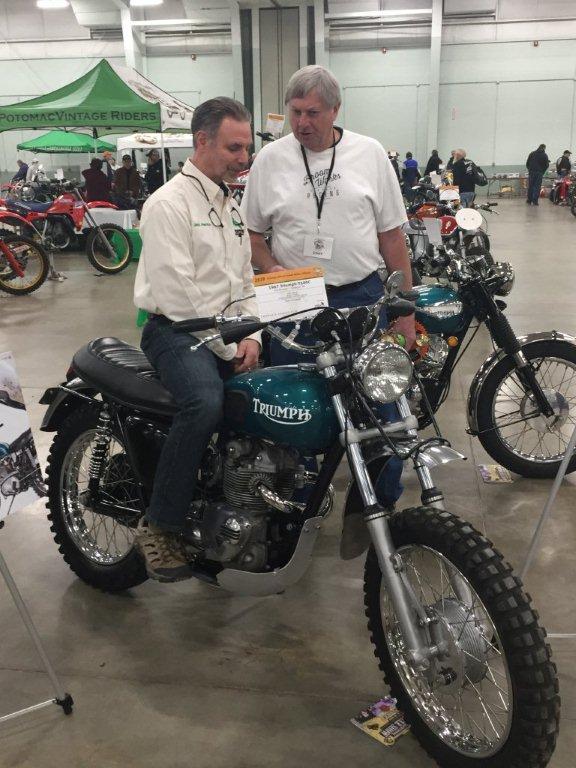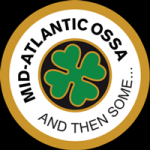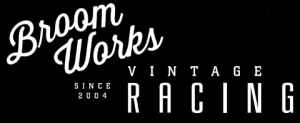For a list of our Ariel projects, click here.
The original company was established in 1870 by James Starley and William Hillman to make bicycles. The name came from the first penny farthing bicycle, which was so light they called it the Ariel “spirit of the air”. It merged with Westwood Manufacturing in 1896 and made a powered tricycle in 1898 with a de Dion engine. Hillman left soon afterwards to found Premier Motorcycles.
In 1902, Ariel produced its first motorcycle, which had a Kerry [engine with an innovative magneto ignition and a float carburettor. In 1905, Ariel was taken over by Charles Sangster, who built a three-speed, two-stroke he marketed as the “Arielette”, but his small factory closed on the outbreak of the First World War. In 1918, Sangster’s son Jack took over and developed a motorcycle with a 4 hp White and Poppe engine that proved successful. Jack increased the range of motorcycles to include 586 cc and 992 cc machines and persuaded the designer Val Page to join the company. Ariel was merged with a company called Components Ltd. but this venture failed and in 1930, Jack was able to regain control and set up a new factory in Birmingham. One of their first bikes was the Ariel Square Four, designed by Edward Turner followed by the Ariel Red Hunter.[The Red Hunter was a success, and made Ariel able to purchase Triumph.
During the Second World War, the Ariel factory was turned over to military production, including the Ariel W/NG 350 army motorcycle based on the Red Hunter but with higher ground clearance. In 1944, the company was sold to BSAand the 500 cc KH model was produced, together with the more powerful Huntmaster, which had a modified BSA A10 650 cc engine. Reliable and capable of 100 miles per hour (160 km/h), the Huntmaster proved popular with sidecar enthusiasts.
The Red Hunter formed the basis for Sammy Miller’s 1955 trials motorcycle which proved very successful in competition. In 1959, Ariel broke with tradition and produced the Ariel Leader, a fully enclosed 250 cc two-stroke that aimed to combine the benefits of the motorcycle with the advantages of a scooter.
BSA decided to close the factory in 1963 and move production to Small Heath. In 1967, Ariel produced its last motorcycle, a reduced capacity Ariel Arrow. In 1970, BSA produced the Ariel 3, a 49 cc trike










